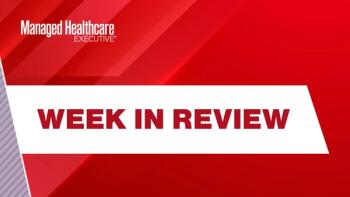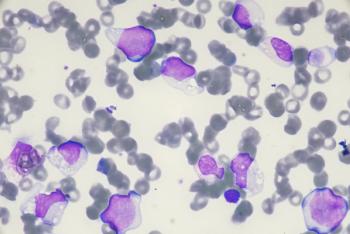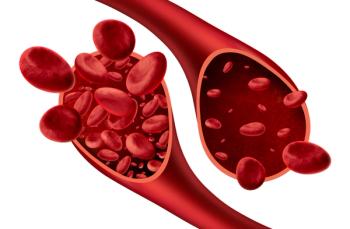
Some Capculations: What the IRA Part D Out-of-Pocket Cost Cap Will Mean for Enrollees
Projections calculated for AARP show that 8.4% of Part D enrollees will benefit from the Inflation Reduction Act's $2,000 cap on out-of-pocket costs that goes into effect in 2025.
The $2,000-per-year cap on Medicare Part D out-of-pocket costs that goes into effect next year will benefit about 3.2 million, or 8.4%, of the Part D plan enrollees, according to research commissioned by AARP.
That number will increase to 4.1 million, or 9.6%, or Part D enrollees in 2029, according to AARP, which lobbied for the Part D out-of-pocket cap and other provisions of the Inflation Reduction Act (IRA) of 2022.
AARP hired Avalare, a healthcare consulting and research company, to conduct the research. Avalere used prescription drug event data from 2022 supplied to simulate prescription drug use and costs of Part D enrollees to make the projections.
When the Part D prescription drug coverage was added to Medicare in 2006 it did not include limits on enrollees’ exposure to out-of-pocket costs. But as expensive prescription drugs have gotten more expensive, more enrollees were burdened with high out-of-pocket costs even with Part D coverage.
Before the IRA, enrollees with high drug costs were afforded some protection from the expense but were still required to 5% of their total drug costs. A cap of $3,250 went into effect this year before the permanent, hard cap of $2,000 goes into effect in 2025.
Avalere’s projections that approximately 1.4 million, or 40% of the Part D enrollees who reach the $2,000 out-of-pocket cap between 2025 and 2029 will experience annual savings of $1,000 or more — costs that they would have been responsible for were a cap not in effect. would have. Just over 420,000 enrollees will see savings of more than $3,000 over the same time period, according to Avalere’s calculations.
Newsletter
Get the latest industry news, event updates, and more from Managed healthcare Executive.






















































